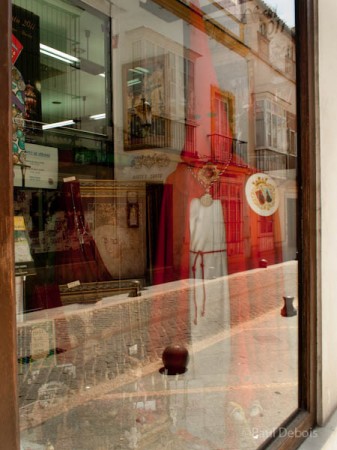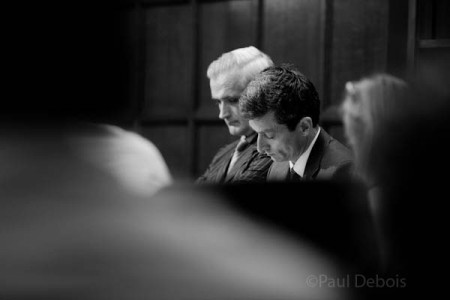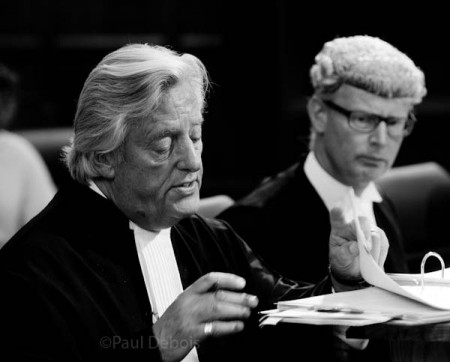A few more shots from Andalucia, August 2011, with a couple slipped in from the Semana Santa, or Holy Week.

Religious shop, El Puerto de Santa Maria, Spain, with robes worn by Los Penitentes or penitents during Holy Week

A few more shots from Andalucia, August 2011, with a couple slipped in from the Semana Santa, or Holy Week.

Religious shop, El Puerto de Santa Maria, Spain, with robes worn by Los Penitentes or penitents during Holy Week
I’ve been to the Olympic Park a couple of times recently, photographing some the grounds and landscaping set out by Nigel Dunnett. After one of these visits, I was allowed to stroll through the stadium itself. I just wonder if the red notice is a warning to Mr Rooney! It was interesting to see though. The football pitch seemed dwarfed by the bank of seats, and without the track in place, looked no bigger than a tennis court!
The concept of ecocide, or crimes against the planet, has been brought into the consciousness of many people by the barrister and author, Polly Higgins. She has been campaigning for several years, negotiating with the UN, and governments around the world, asking for ecocide to be adopted as the 5th crime against peace. Her book, ‘Eradicating Ecocide‘, highlights the problems and why it is necessary for large corporations be environmentally responsible and accountable for their actions.
On Friday a mock trial was held at the Supreme Court in London, where the proposed new law was tested. Two company CEO’s (played by actors) were put on ‘trial’ using evidence from real events. Standard court procedures were used with Michael Mansfield QC leading the prosecution team and Christopher Parker QC leading the defence.
Each member of the jury was sworn in and real expert witnesses were called to give evidence too. In reality, a trial such as this would last several months, so the time constraints of a day could only give a very brief insight in what would really happen. But the message was clear – there is an appetite for such a law.
And the verdict – guilty.

The defendants, Mr Tench and Mr Bannerman, played by Nicholas Deal and Robert Hilder at Ecocide mock trial at Supreme Court, London, 30-9-11

Michael Mansfield QC, with Christopher Parker QC in background, at Ecocide mock trial, Supreme Court, London, 30-9-11
The coastline between Conil de la Frontera and Cape Trafalgar, Spain, is something I am quite familiar with. The lighthouse at the Cape is visible from the house we stay at in at Fuente Del Gallo, and beyond that, on a clear day, you can see Morocco. Swinging round to the right, looking out to sea, is where the Battle of Trafalgar took place. 200 years ago, the top of the cliffs may have given a grandstand view to any spectator.
I have planned the walk to the lighthouse many times, but it was only recently that I tried to do it. Only 14 km, it needs a cool day and a low tide if you want to do it entirely on the beach, just to clear the headlands.
About halfway is El Palmar, where some of the beach and dunes form a nature reserve. There have been plans to build a huge hotel complex here, which seems a bit mad. There is a campaign to stop this development, and a petition with 100,00 signatures. See The Green Guide to Spain or www.salvarelpalmar.es for more details. Some photos en route:
Some additions to the Coast of Light series I started a couple of years ago. Taken with my Fuji 6×4.5cm, the films and lo res scans arrived this morning. I quite like them as they are, as the colour is slightly muted, but I will make high res scans when time allows.
I’ve lost count of the number of times I’ve been asked by people to take snaps of them in front of important landmarks. A camera is thrust in my direction, usually a very small compact, with an impossibly slow shutter release, which makes me look as if I’ve never touched a camera in my life. I fumble and eventually get an image, often after some quick tuition by the owner, showing me how the camera works. My recent holiday was no exception. Though this time, I kept a record with my camera too.
This happy group ran up saying, “Foto, foto”, and spontaneously assembled themselves in front of me. They all started chanting something, I assumed (and hoped) to be the Spanish equivalent of ‘cheese’. It sounded like ‘Horchata‘, (a traditional drink), though my grasp of Spanish is slim, and the Andalucian accent is nigh on impossible for a beginner. Slightly alarmed, I obliged, but they turned out to be very friendly and good humoured. I even learned a new word ‘arroba’, which is the @ used in email addresses!
Another group, who had covered themselves in a grey-green clay found on the beaches locally, which is believed to have beneficial effects.
Tomas and his girlfriend covered in the same clay. I did ask him if I could take his picture – and of course took one with their camera too!
A few weeks ago I had the chance to visit Monet’s garden at Giverny. Despite being grey and drizzly most of the time, it was still beautiful. Here are a few out-takes.
The bit Monet missed – the tunnel that leads to the bridge.
Some water lillies – the shop was doing brisk business with umbrellas.
I stayed at a B&B called La Maison Bleue, run by a lovely lady called Françoise. Apparently Claude Monet bought the house and created an extensive vegetable garden there. He also rented it out to his friend, the impressionist artist Guy Rose, who painted many canvasses of the house and surrounding area. Worth a visit too.
After photographing the Fromelles WW1 cemetery for a job last June, I had an all too brief visit to the Somme Valley region. This was quite rushed, and I was keen to revisit the area to spend more time at significant sites. The opportunity arose a couple of weeks ago, after a trip to Monet’s garden at Giverny. There’s not a great deal I can add to the history, but here is a gallery of some of the photographs I took.
A fairly small memorial commemorates the fighting that took place here at Mouquet Farm, where in all, around 7000 Australians were killed trying to advance up the hill towards the trees in the centre of the frame. This was originally where the farm stood before being virtually wiped of the map.
Turning your back on the memorial gives a view of the position the allies advanced from.
Delville Wood, or Devil Wood as it became known, was the scene of more fierce fighting, this time with South African troops. There is a graveyard at the site, but far more men lay undiscovered in the wooded area, which was completely replanted as a memorial after the war.
The Last Tree is apparently the only surviving tree from the war – a Hawthorn, with visible shrapnel.
The Canadian Army also fought in the Somme. There is a large monument at Beaumont-Hamel called Newfoundland Memorial Park, with preserved trenches, and a petrified tree, known as the danger tree. Reputedly it was the only landmark left for soldiers to use as a guide back to their own lines. Any soldier near this tree was in the range of German machine gunners.
Near the town of Albert, there is a huge crater, known as the Lochnavar Crater. British troops dug a tunnel under the German lines and set off a huge mine, consisting of 27,000kg of high explosive. Apparently this was the loudest man made sound in history.
I have seen few German WW1 cemeteries, but I stumbled upon one at Bray Sur Somme. It was sad to see Jewish and Christian burials side-by-side, something inconceivable 20 years later.
After the success of the flower photography course Jason Ingram and I ran last May with the Royal Photographic Society, the follow up was held last weekend. This time it was for two days, with detailed assessments and plenty of time for practical experience in the beautiful gardens at Mill Dene, in the Cotswolds.
Again we had a full house with 10 students who all appeared to enjoy themselves, despite the fact that at 6am the expected beautiful morning light was, in fact, rain! Plan B came into play and a daylight studio session was held instead.
Our next planned course will be a one day event at Batsford Arboretum on 30th October 2011, photographing the beautiful Autumn colour in the extensive grounds.